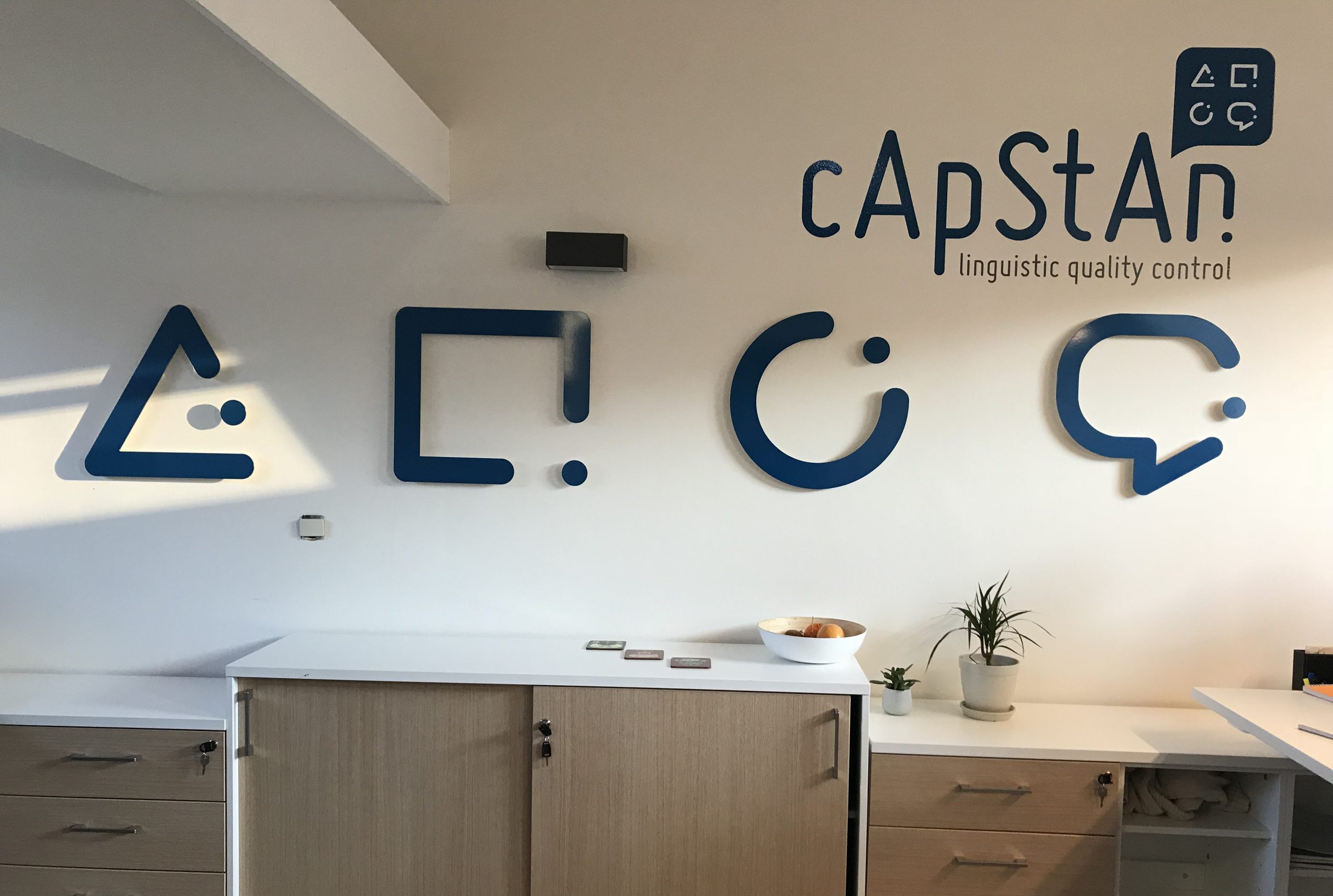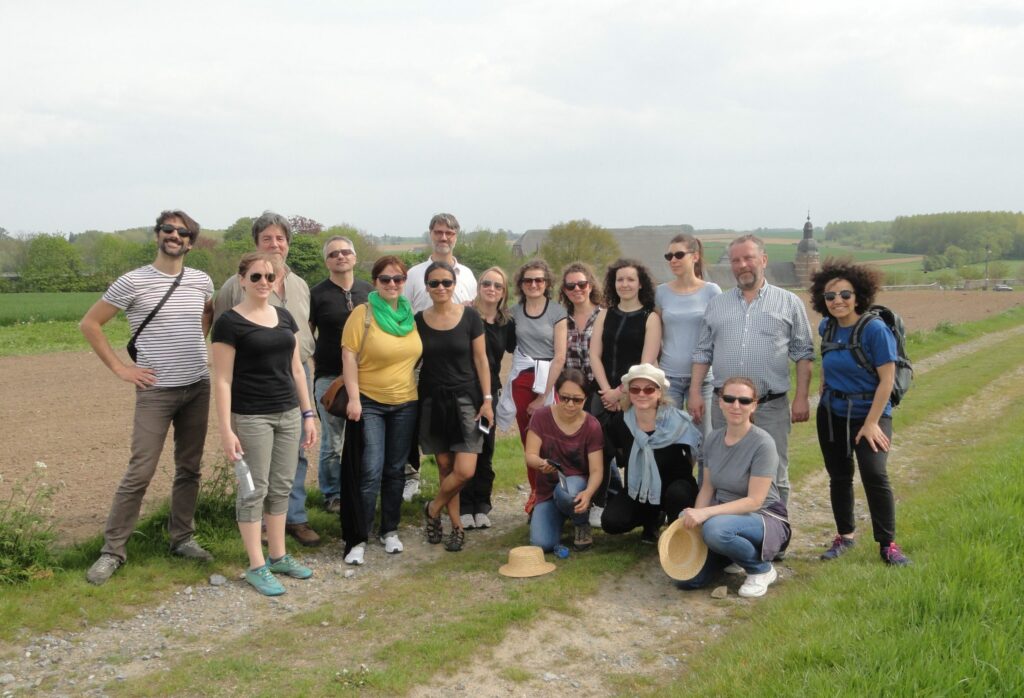
Taking stock of 2017, setting the bar for 2018
by Steve Dept – cApStAn partner
The year 2016 has been quite exceptional for cApStAn, but this was partly due to the fact that the bulk of the work on one of our flagship projects, linguistic quality control in the OECD’s Programme for International Student Assessment (OECD/PISA), took place in 2016, just like 2013 had been a very good year for the same reason. We knew that it would be a challenge to keep the pace in 2017. Now that we have the figures for 2017, it turns out that the growth was less staggering than in 2016, but we did continue growing. This trend also applies to the size of our team.

The picture dates back to May 2017, and all 17 members of the cApStAn Core team (from both Brussels and Philadelphia) are there. Meanwhile, we have welcomed Aida (assistant project manager) in Philly, Adrien (translation technologist) and Devasmita (enterprise growth) in Brussels, and Pisana as cApStAn Ambassador.
What else did we achieve in 2017? We set up our new website; we acquired a (small) translation agency; we renovated and refurbished the cApStAn HQ in Brussels; we successfully completed an impressive number of international projects, some from Philly, others from Brussels. We adopted new tools, automated more tasks, wrote down all the procedures on the cApStAn Wiki. And all that time, we had a lot of fun. Very cApStAn.
For 2018, we have set ambitious attainment targets: we have laid the foundations of new long-term relationships, we have broadened our client base and contributed to acceptance of higher linguistic quality assurance norms in the survey and assessment arena. The cApStAn team will collectively focus on further optimisation of both internal and external communication. We want to reach out, to be more active on the social media, to attend more conferences, to interact, to exchange and, of course, to streamline our processes. On the technical front, our Machine Translation Task Force (MTTF) will test a number of neural machine translation systems and explore new ways to integrate these into our workflows. Interesting times ahead!